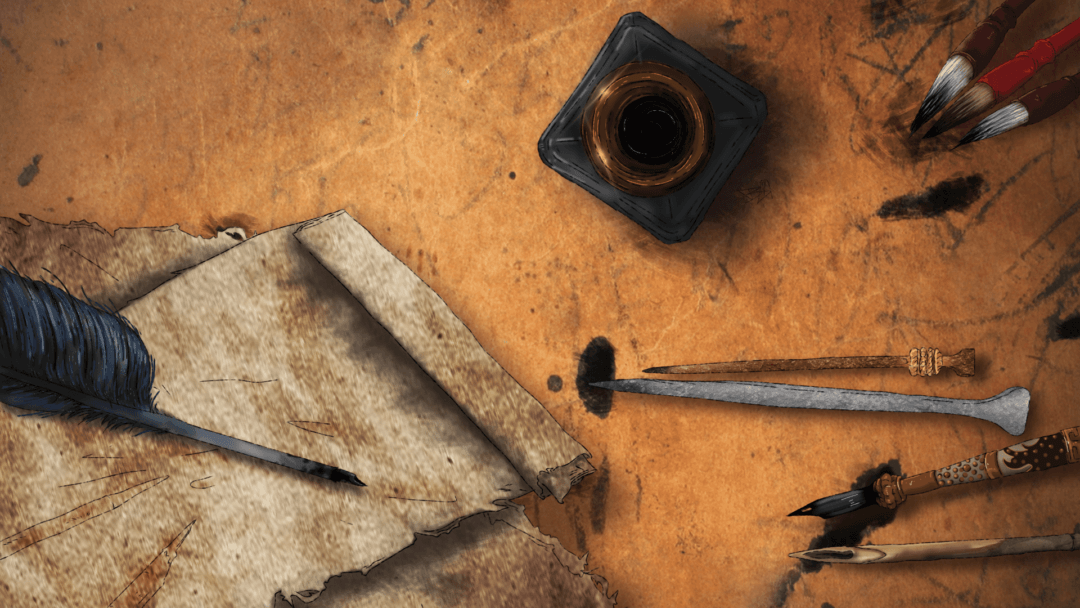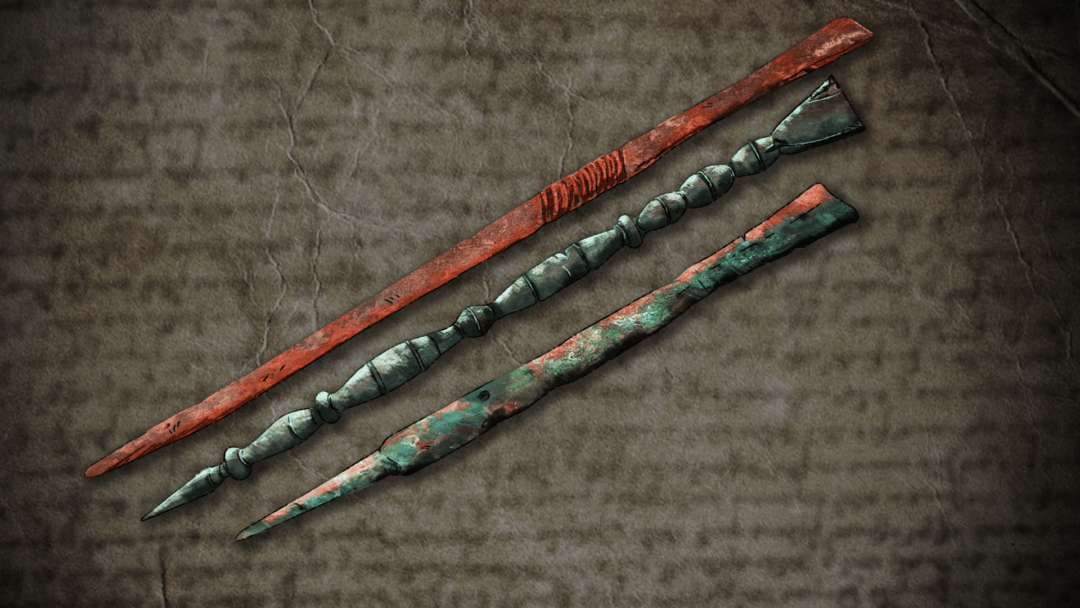
Greetings, Age community. I hope the last week has been filled with knowledge and joy. Over the last few days, I have been navigating Ancient Rome, exploring the rich and diverse culture across lands and trying out a few of their writing tools myself. I must admit, some of these tools are a bit heavy and I am getting tired of carrying them everywhere. Maybe it’s best for me (and my back) to leave these tools with you down below.
Wax Tablet
Unlike the fragile and confusing device with lights and noise you call a “tablet”, the tablets used by writers throughout ancient Rome were made out of a hard material covered in a layer of wax. Wax tablets were typically made out of wood or other strong materials like stone with one side covered in a yellow or green toned wax. Writers would then take their writing instruments and transfer the information they wanted to on to the wax by carefully carving letters and symbols. Tablets traditionally had holes cut out on the margins to create enough space for a metal or a string binding which would keep all of the information compiled together. You might be wondering how the markings on the wax survived the potential smudging and melting between one “page” and the next. The solution to this problem is actually much simpler than what you may be thinking. Each wax tablet that was to be bound into a book had a piece of wood or other hard material placed along the margins of the tablet. This kept the pages from touching each other, protecting the integrity of the wax.
Stylus
Over the last few weeks I have shared with you the stories of the quill and the reed, so this week I would like to introduce to you the stylus. You might already know this word as some of you maybe use a stylus every day, and believe it or not, the function of your instrument is nearly identical to the roman stylus as well! A typical stylus used in ancient Rome was made out of iron, with a sharp end on one side to carve the wax and a circular or flat end at its other side used as an “eraser”. When a mistake was made, the eraser side helped mold the wax back into its original, flat texture and the author could correct their mistake.

Volumes
Volumes were also used by roman authors to keep their work together and in a safe format. Wordsmiths would typically take their papers and glued them together, side by side, making a very long sheet of paper that could hold all the information in one place without needing the typical format of a book or a tablet. When the piece was completed, a wooden stick would be attached at the bottom to aid in rolling the paper into a cylinder for storage. This stick was often painted at the ends and had decorative knobs added as handles for the reader. Each volume would then have the title of the book added on another sheet in red ink and both would be placed inside a purple storage bag, also known as a “toga”. Volumes did have a very specific etiquette to using them once the piece was completed, they were held with the right hand and opened with the left. Unrolling them had to be done carefully and slowly to avoid damaging the thin paper material.
I would like to extend my gratitude to you for carrying these tools with you but it is time they return to their rightful owner. See you next week with a very special edition of my tales as I will introduce to you what I like to call, a writer’s best friend and also their biggest enemy.
As told by Grace Rojas